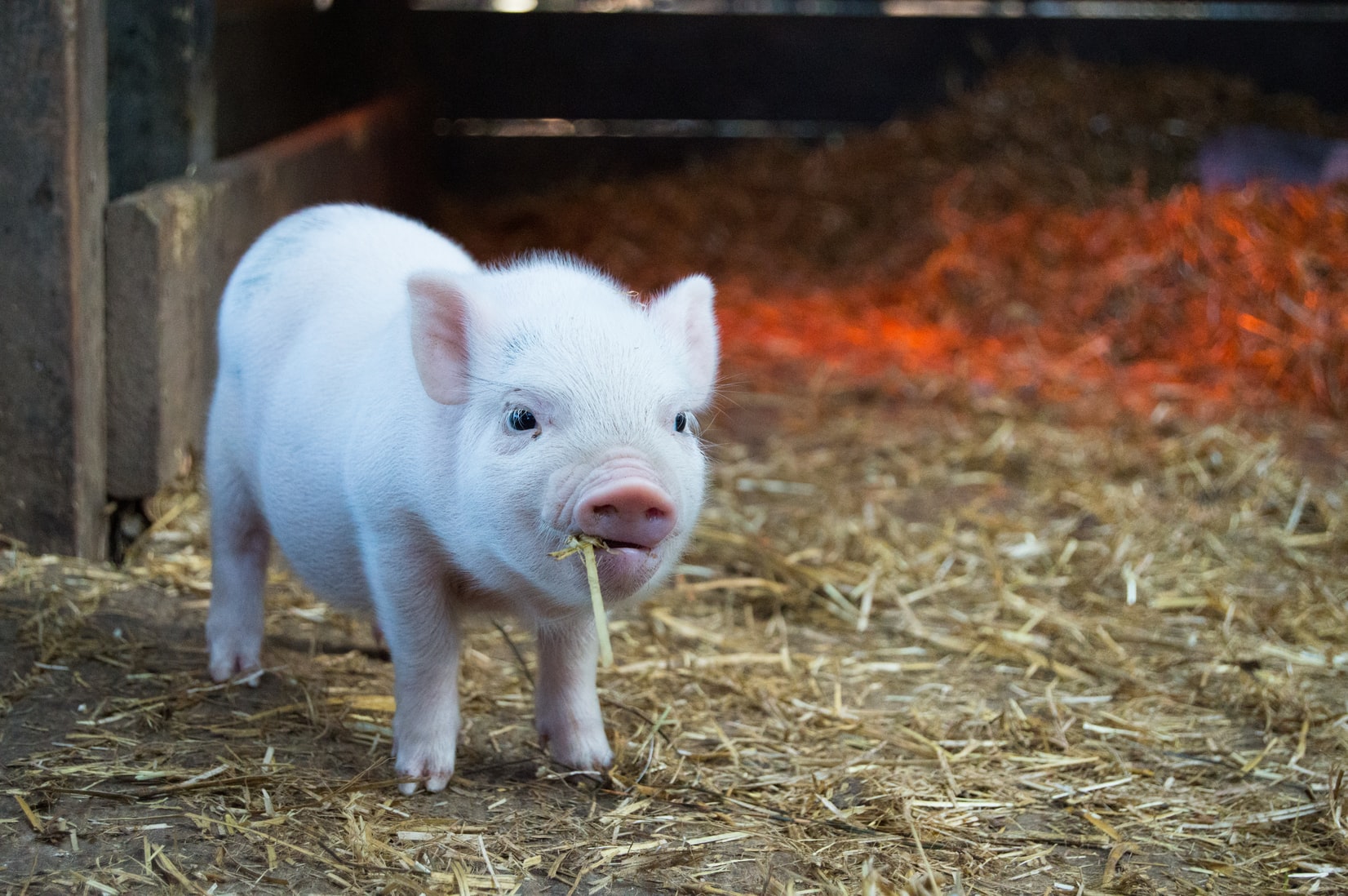Meat scraps show their hidden value
As the global population heads towards 10 billion people by 2050, reutilisation capabilities will play a vital role in relieving the pressure on the world’s resources.
At the Danish rendering company Haarslev, this has been a speciality for more than a century. It is here that by-products from meat, poultry and fish production are delivered and valuable components extracted using today’s most sustainable processing technology.
Upcycling by-products
The rendering industry is one of the oldest recycling industries on the planet. By breaking down meat, poultry and fish waste, the process draws out useful proteins, minerals and oils. These can then be used in other products such as fuel, soap, rubber, plastic and animal feed.
By breaking down meat, poultry and fish waste, rendering draws out useful proteins, minerals and oils for reuse – reducing a significant environmental burden
At the same time, rendering solves what would otherwise be a significant economic and environmental burden on areas involved in industrial scale slaughtering.
Reducing greenhouse gas emissions
Haarslev helps slaughterhouses and independent renderers all over the world turn meat by-products into valuable co-products. Through the use of specialist equipment and knowhow, a safe and healthy rendering process is ensured.
Minimal carbon dioxide and methane emissions also make rendering a far preferable alternative to landfill, incinerators and other means of waste disposal reducing a significant environmental and economic burden in the process.


